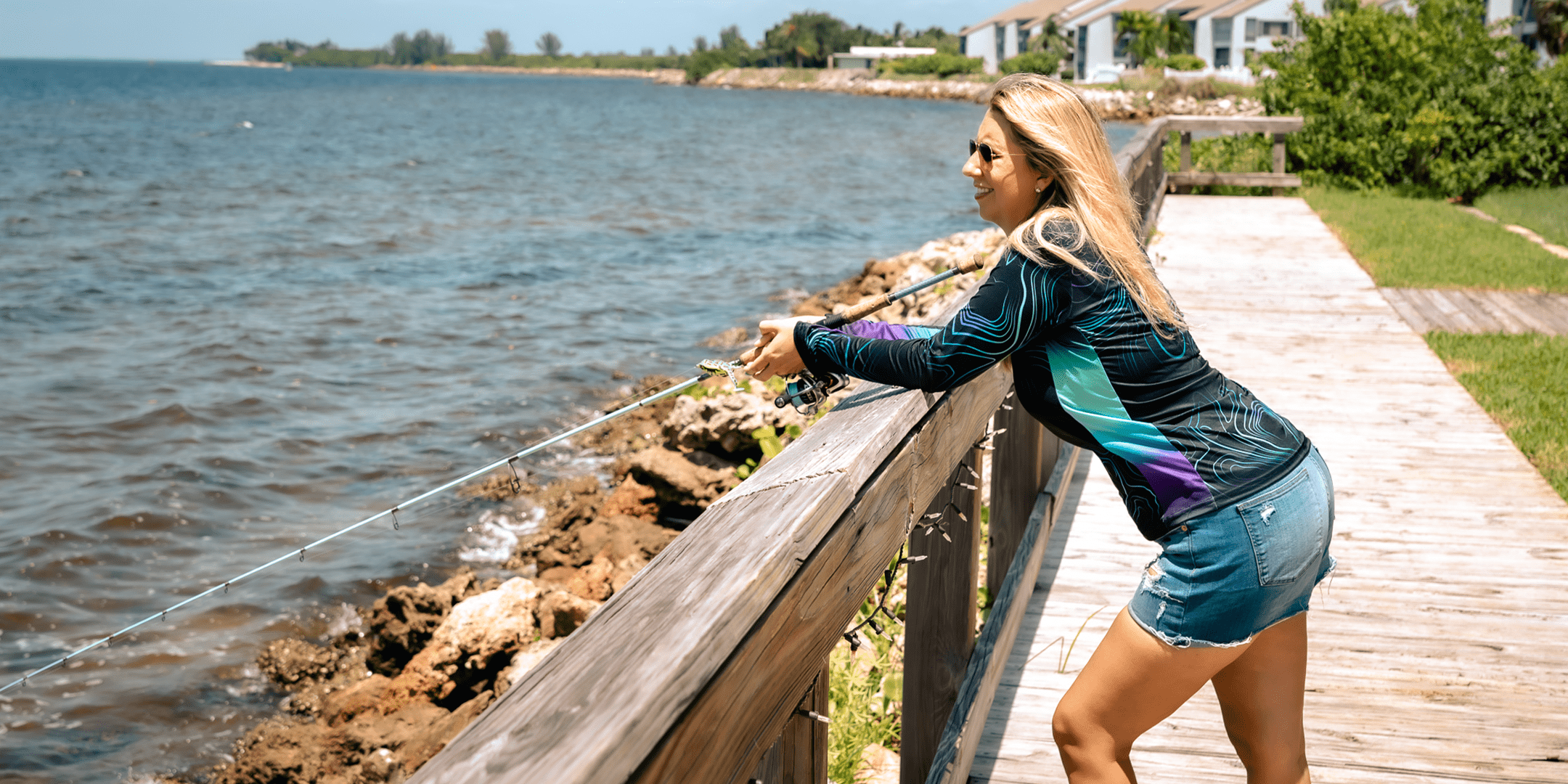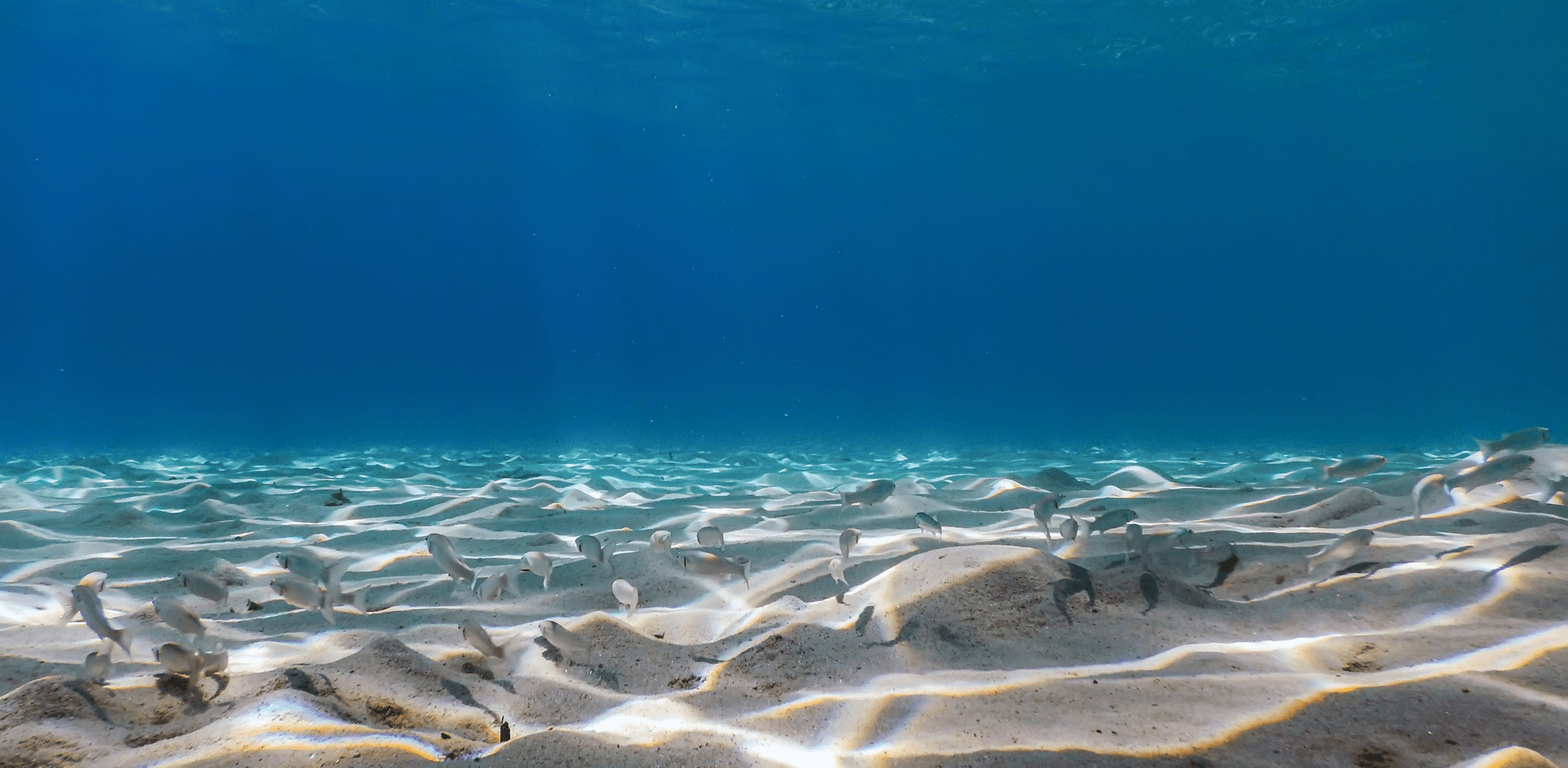One of the most common questions I get from my charter clients and fellow boaters is: “Is the Seakeeper Ride really worth it, or is it just another boating gimmick?”
We’ve all used traditional trim tabs, but what grabbed my attention was Seakeeper’s bold claim: this system can reduce up to 70% of pitch and roll while underway—and even cut down on boat slam to protect your spine and passengers. That’s a huge promise for anyone who spends long days offshore. I’ll be honest, I was skeptical, especially knowing Seakeeper had never tested this product on the Avenger Custom by Marauder.
Why I Decided to Try the Seakeeper Ride System
After hours of reading boating forums, watching video reviews, and hearing other captains’ experiences, I decided to take the plunge. It’s not a small investment—it’s a major installation that becomes part of your boat’s core system. I wanted to ultimately implement everything on my vessel to bring my customers the best experience.
I connected with Julian from Seakeeper, and after a few conversations, my confidence grew. He explained the system thoroughly, addressed my concerns, and even scheduled the installation himself. You can choose from many dealers/installers, but in my case, Julian came directly from Seakeeper and completed the installation in just a day. That spoke volumes about their commitment to standing behind the product.
What the Seakeeper Ride Is Designed to Do
Yes, the main feature is reducing pitch and roll—but the benefits don’t stop there. The Seakeeper Ride also improves acceleration, provides faster hole shots, and can help optimize fuel efficiency by automatically trimming your boat to the ideal running angle at any speed.
For charter captains like me, comfort and stability aren’t just luxuries—they’re essential for safety, passenger enjoyment, and protecting equipment.
How the Seakeeper Ride Works
The Ride controllers mount to your boat’s transom in a similar location to trim tabs, but that’s where the similarities end. Using proprietary sensors and software, the system makes hundreds of real-time adjustments per second to control the boat’s behavior in all three axes.
When the blades deploy, they create lift at the transom, counteracting unwanted motion. You don’t need to constantly adjust settings—it’s completely intuitive, running in the background while you focus on navigating and enjoying your time on the water.
The first time I took the boat out in moderate chop, the difference was immediate:
- The bow stayed planted.
- Lateral roll was drastically reduced.
- I wasn’t bracing for every wave impact—I could actually relax and enjoy the ride.
That kind of stability changes how you approach boating. It’s confidence you can feel.
Installation Day Experience
Julian and his assistant arrived early and prepared. After removing the old trim tabs, they made precise cuts on the transom. I’ll warn you—if you’re squeamish, don’t watch this part. I filmed most of it (maybe I’m a little crazy), but the craftsmanship was impressive. Every tool had its place, every move was deliberate, and their attention to detail was obvious.
When they finished, they cleaned the boat so well you’d never know they’d been working on it, in an era where customer service often feels like a lost art, that professionalism really stood out.
The system itself is surprisingly simple in terms of components:
- A software module (the “brain” of the system)
- A distribution module (handles power and communication)
- The user interface—either integrated with Garmin or an optional keypad for manual control
I like having the keypad—it gives you the ability to adjust the tabs without diving into the MFD menu.

The Sea Trial and Performance Data
The next day, we hit the water for a quick sea trial to calibrate the system and confirm everything was functioning perfectly. Julian connected a laptop to gather before-and-after performance data.
Now, I’ll be honest—once you feel the difference, the numbers almost don’t matter. But for those who love hard data, here’s what I recorded:
- 36% roll elimination
- 59% pitch elimination
- And what felt like a 200% improvement in handling
The boat was more stable, more predictable, and simply more enjoyable to run.

Eight Months Later – Is the Seakeeper Ride Still Worth It?
After more than eight months of regular use, my answer is a resounding yes. I even created a detailed video review (linked below) to share my long-term thoughts.
On my Salty Scales charters, clients consistently comment on how smooth and comfortable the boat rides. That’s not just a perk—it’s a selling point. Smooth rides mean happier guests, better reviews, and more repeat bookings.
Maintenance is minimal. About every few months, I update the module software using a USB drive. The process takes under three minutes, and that’s the only regular upkeep required.
Final Thoughts on the Seakeeper Ride System
If you’re a boater who values stability, safety, and comfort, the Seakeeper Ride is more than a gadget—it’s a true boating upgrade. With more boat manufacturers starting to offer it as a standard feature, it’s becoming easier to experience the difference for yourself.
If you have questions about how it performs, the installation process, or whether it’s right for your boat, drop a comment below. I’m always happy to share real-world insight from a captain’s perspective.



